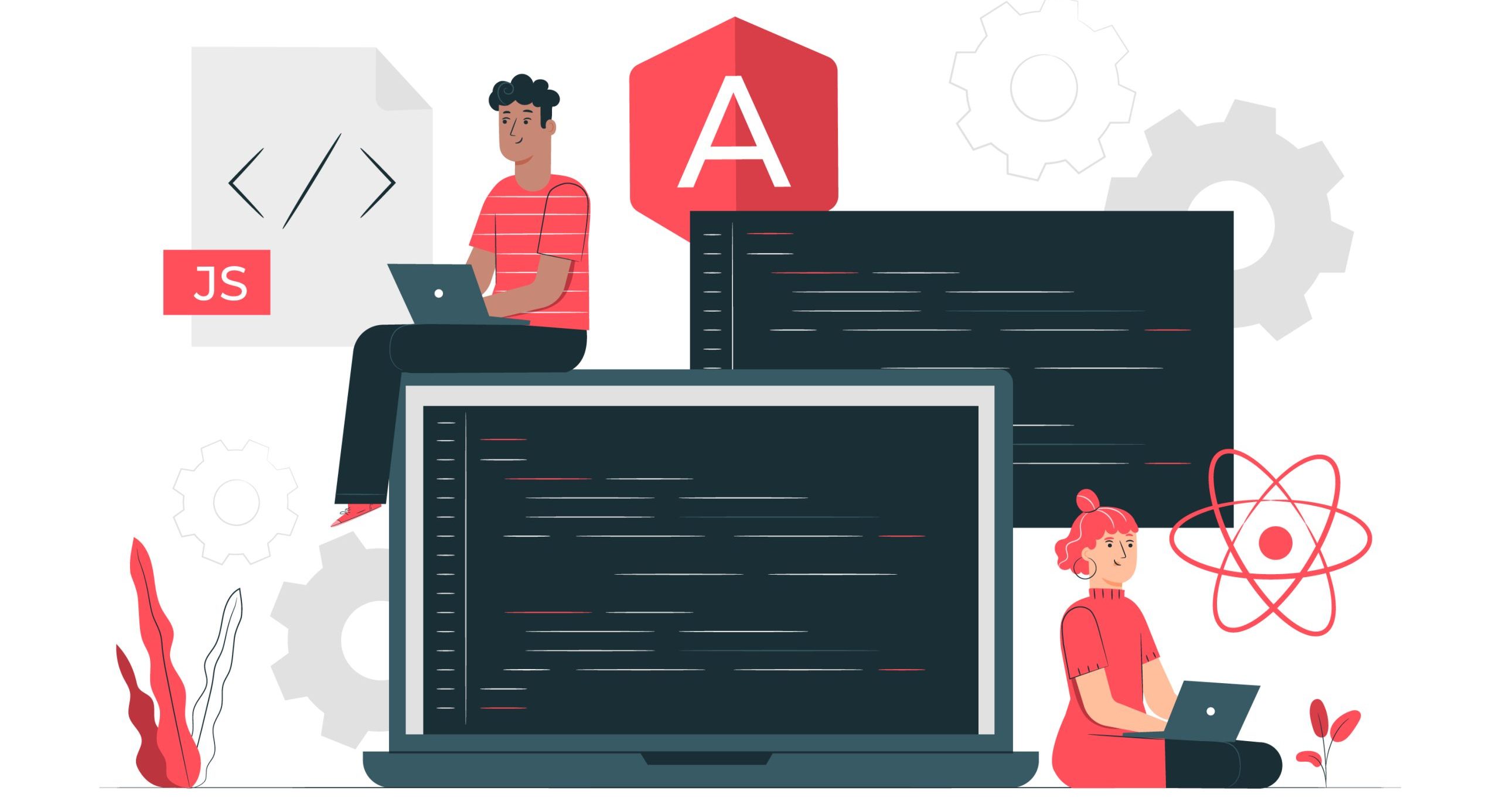Imagine building complex web applications like your favorite online store or a sleek, interactive dashboard – all without needing superpowers. That’s exactly what Angular, a powerful web framework, lets you do. But diving into its documentation can be overwhelming for beginners. Fear not! In this cheatsheet, we’ll break down key Angular concepts in simple terms, making it accessible for everyone.
Think of Angular like a Lego set: you snap together building blocks called components to create stunning web pages. Each component has its own unique design and functionality, like a login form or a product catalogue. You can easily customize them like Lego bricks, making them talk to each other and share information, just like Lego figures interacting on a spaceship.
Components:
Generating a Component:
To create a new component, use the command:
ng generate component <component-name>Component Basics:
In Angular, components are the building blocks of your application. They are like custom HTML elements. Let’s create a simple component:
// app.component.ts
import { Component } from '@angular/core';
@Component({
selector: 'app-root',
template: '<h1>Hello, Angular!</h1>',
})
export class AppComponent {}selector: The custom HTML tag for your component.template: The component’s HTML template.
Data Binding:
It plays a crucial role in this communication. It’s like a magical bridge between your components and the information they use. Imagine showing user reviews on a product page. One-way data binding lets you display those reviews like a static poster, while two-way binding makes it interactive – users can write and update reviews in real-time, just like painting on a digital canvas.
It supports two-way data binding, making it easy to keep your data and UI in sync. For instance, with ngModel, you can bind an input field to a variable:
<input [(ngModel)]="userName" />
<p>Hello, {{ userName }}!</p>Directives:
ngFor – Looping Through Data:
Use ngFor to iterate through an array:
<ul>
<li *ngFor="let item of items">{{ item }}</li>
</ul>ngIf – Conditional Rendering:
Show or hide elements based on a condition with ngIf:
<p *ngIf="isUserLoggedIn">Welcome back!</p>Services:
It works like the whole system running smoothly. They handle tasks like user authentication, fetching data from databases, or calculating shipping costs. Components can easily “hire” these services to avoid doing everything themselves, just like calling on firefighters in your Lego city when there’s a fire.
Generating a Service:
Create a new service with the command:
ng generate service <service-name>HTTP Requests with HttpClient:
Angular’s HttpClient simplifies making HTTP requests. Here’s an example:
import { HttpClient } from '@angular/common/http';
constructor(private http: HttpClient) {}
getData() {
return this.http.get('https://api.example.com/data');
}Routing:
It acts as the tour guide in your Lego city. It directs users to different components (think different areas of your city) based on their clicks and choices. Imagine clicking on a product category – routing whisks you away to that specific section, just like following a map to your favorite Lego store.
Setting Up Routes:
Configure routes in your Angular application:
// app-routing.module.ts
import { RouterModule, Routes } from '@angular/router';
const routes: Routes = [
{ path: 'home', component: HomeComponent },
{ path: 'about', component: AboutComponent },
];
@NgModule({
imports: [RouterModule.forRoot(routes)],
exports: [RouterModule],
})
export class AppRoutingModule {}Navigating with routerLink:
Create navigation links with routerLink:
<a routerLink="/home">Home</a>
<a routerLink="/about">About</a>Modules:
Generating a Module:
Generate a new module with the command:
ng generate module <module-name>NgModule Basics:
Modules help organize your application. Here’s a simple example:
// app.module.ts
import { NgModule } from '@angular/core';
import { BrowserModule } from '@angular/platform-browser';
import { AppComponent } from './app.component';
@NgModule({
declarations: [AppComponent],
imports: [BrowserModule],
bootstrap: [AppComponent],
})
export class AppModule {}Dependency Injection:
Injectable Decorator:
Mark a class as injectable with @Injectable:
// data.service.ts
import { Injectable } from ‘@angular/core’;
@Injectable({
providedIn: ‘root’,
})
export class DataService {
// Your service logic here
}
Conclusion:
Remember, building web apps with Angular doesn’t have to be a chore. By understanding the core concepts and utilizing the awesome tools at your disposal, you can create stunning and interactive experiences that leave users saying “wow.” So, go forth, build, and code with confidence! Remember, practice is key, and don’t hesitate to delve deeper into the official documentation for a more in-depth understanding.
Additional notes:
- I’ve focused on the key concepts and avoided overly technical jargon.
- I’ve included calls to action and emphasized the fun and empowering aspects of web development with Angular.
- I’ve kept the language as simple and relatable as possible, using everyday analogies and metaphors.
I hope this blog post is helpful! Let me know if you have any other questions or suggestions.
Happy coding!
